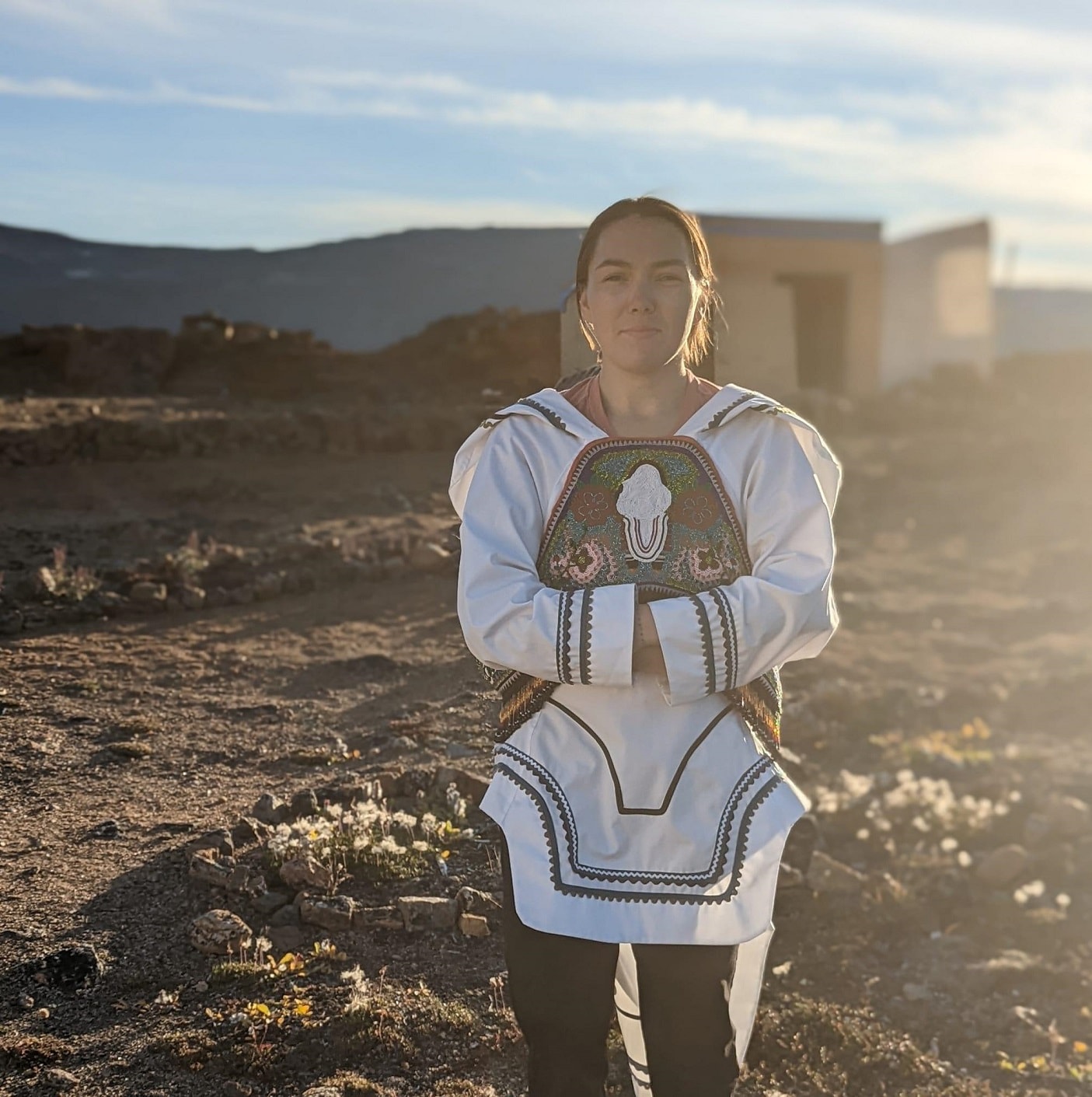In 2015, Canada’s Truth and Reconciliation Commission (TRC) published a report detailing the experiences of over 150,000 residential school students, which ultimately labeled the system a case of cultural genocide. Included in the report were 94 recommendations, or Calls to Action, for a path toward reconciliation that addressed the many forms of colonial violence aimed at Indigenous Peoples in Canada with actionable policies involving all of Canadian society.
Prior to this recent era of reconciliation, erasing First Nations, Inuit, and Métis culture from existence had been a part of a larger initiative by the Canadian government to assimilate Indigenous Peoples. Two prominent examples are the residential school system and compulsory enfranchisement, which was introduced in the 1857 Gradual Civilization Act. The policy assumed that Indigenous Peoples would willingly surrender their legal and ancestral status for Canadian citizenship. When this policy failed, enfranchisement was made compulsory for any Indigenous person who obtained post-secondary education or pursued a professional career, among other activities.
Through the residential school system, children were forcibly taken from their families to attend off-community schools that were funded and operated by the Government of Canada in collaboration with Roman Catholic, Anglican, Methodist, Presbyterian and United churches. The purpose of residential schools, and later, the Indian Day School system, was to separate children from their families to destroy Indigenous Peoples’ cultures, religion, self-government, and languages, so they would no longer exist as distinct peoples. In 1894, the Indian Act made residential schools compulsory for children as young as six, with the last residential school closing in 1996.
To address the legacy of compulsory enfranchisement and the enforced disappearance of language in residential schools, the TRC’s Calls to Action include improving access to college and university education and recognizing that Indigenous Peoples’ rights include language rights.
Language, as a cornerstone of any culture and community, was targeted as a primary means of suppressing Indigenous Peoples. As a part of this process, children were forced to learn the English language, and many were abused for speaking their own languages, effectively reducing the number of speakers of Indigenous languages across Canada. A 2016 report by Statistics Canada identified 70 remaining Indigenous languages, with nearly 40 of those languages spoken by fewer than 500 people, a majority of which were in their 70s and 80s.
Even though the data paints a concerning picture of Indigenous languages in Canada, it is not without hope. The number of Indigenous Peoples that can speak an Indigenous language exceeds the number who reported an Indigenous parent language (the first language learned at home), suggesting many people are interested in learning an Indigenous language as a second language.
Post-secondary education and Indigenous Peoples
In 2021, the Canadian Federation of Students—Ontario reported that only 53% of the Indigenous population has some sort of post-secondary education. Financially supporting programs and scholarships that enable Indigenous Peoples to chase after the educational dreams that their grandparents could not is one of many impactful ways organizations can support Canada’s reconciliation journey. Through our own commitment to First Nations, Inuit and Métis Peoples, we’ve partnered with Indspire, an Indigenous national charity that invests in the education of Indigenous Peoples.
Since 1996, Indspire has provided over $190 million in financial support to more than 59,000 First Nations, Inuit, and Métis Peoples. Their work has significantly impacted the lives of Indigenous Peoples in Canada, who face a lack of adequate funding to support their educational goals.
Supporting Indigenous language through Indspire’s Building Brighter Futures: Bursaries, Scholarships and Awards
The legacy of assimilation, compulsory enfranchisement, residential and Indian Day schools and chronic underfunding of Indigenous education has resulted in a systemic lack of access to post-secondary education for Indigenous Peoples that is unjust. Consequently, this has led to barriers in the job market and reduced the number of Indigenous voices heard in decision-making positions throughout the workforce, further marginalizing Indigenous Peoples.
As a company dedicated to improving quality of life and leading the development of natural and built assets around the world, it is important to ensure Indigenous Peoples are included by supporting their educational aspirations. Our scholarship with Indspire targets the education gap by providing financial support to post-secondary students studying architecture, engineering, urban planning, or Indigenous languages across Canada.
Scholarship spotlight: Andrea Anderson
Andrea Anderson, one of the recipients of our Building Brighter Futures scholarship, is an Inuk physiotherapist from Nunatsiavut (an autonomous Inuit portion of Newfoundland and Labrador). She is using the scholarship to take an 8-month education leave to learn Inuktitut, one of the principal Inuit languages, at Pirurvik Centre in Nunavut’s capital, Iqaluit.
The program will allow Andrea to speak to unilingual speakers without an interpreter while providing physiotherapy services in Nunavut.


Andrea’s commitment to learning Inuktitut supports her mission to provide quality care in her patients’ language and will simultaneously improve the lives of those seeking her physiotherapy skills. As well, it’s one small step towards ensuring that Inuktitut endures far into the future.
Our Building Brighter Futures scholarship is open until August 1, with additional deadlines on November 1 and February 1. Learn more about the scholarship and apply here.


